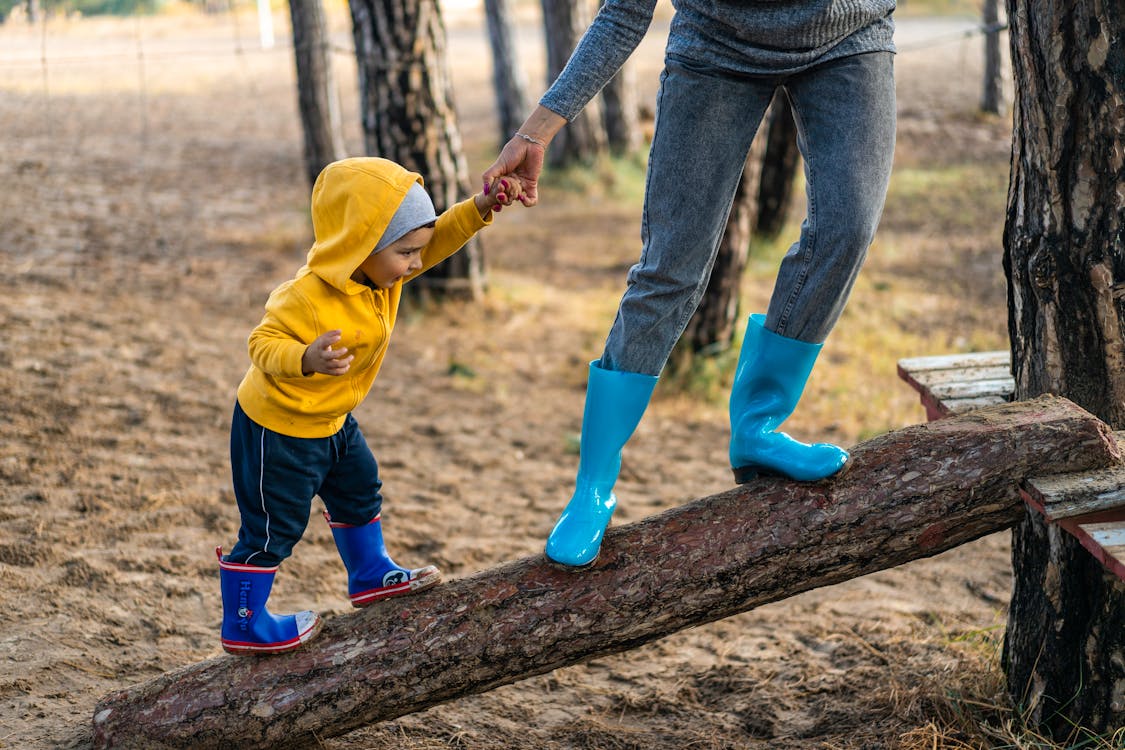As parents, it’s in our nature to want to protect our littlens and keep them safe, so giving them the space to take risks is not easy! But it’s all part of growing up and prohibiting this is likely to do more harm than good. Take a look at how you can support your toddler’s development through positive and controlled risk taking (and how kids ride on toys can help).

Why Risk Taking Is Important In Learning
Kids learn best when they’re having fun, and that’s what risky play is all about! It’s a brilliant confidence booster and teaches children all sorts of valuable skills and life lessons, such as:
- Independence
- Resilience
- Problem-solving
- Strategic thinking
- Balance & coordination
- Teamwork & turn-taking
- Social skills
- Language development
- How to assess risks
- Understanding consequences
How do you introduce risky play?
You can support your kids by creating an exciting environment that allows them to explore and experiment with risky activities, but without any threat of real hazards or serious accidents occurring. Here are a few things to consider when it comes to risky play.

Find the right balance: When setting up a risky play session, do your own assessment to make sure the risks involved are minimal and, if accidents happen, that they will only result in minor cuts or scrapes.
Trust your tot: They are more capable than you think! Put your trust in their ability to overcome the challenges they’re facing and refrain from interfering if you see them struggling - this is where the real learning happens!
Use words wisely: Try and resist vague, fear-invoking advice like ‘be careful’ or ‘watch out’. Instead, ask questions that will help your kiddo assess the situation themselves, such as ‘do you feel stable/safe/strong?’ or ‘do you see a way down?’. This should encourage them to consider their next steps in a more mindful and controlled way.
Be inclusive: Gender bias, unconscious or not, can often impact risky play - particularly for girls. We tend to empower boys to be brave and adventurous, but this might not come as easily with girls. Simply being aware of this will open up the play possibilities for gender-equal risk-taking.
What are examples of risky play activities?
Risky play is about testing limits and exploring boundaries through activities such as climbing, balancing, jumping, hanging, sliding, rolling and so on.

The Didicar toddler trike and 3 wheel scooter are perfect risky play toys. They give kids the freedom to feel more independent as they practise their balance, physical coordination and spacial awareness - which will do wonders for their self-confidence!
